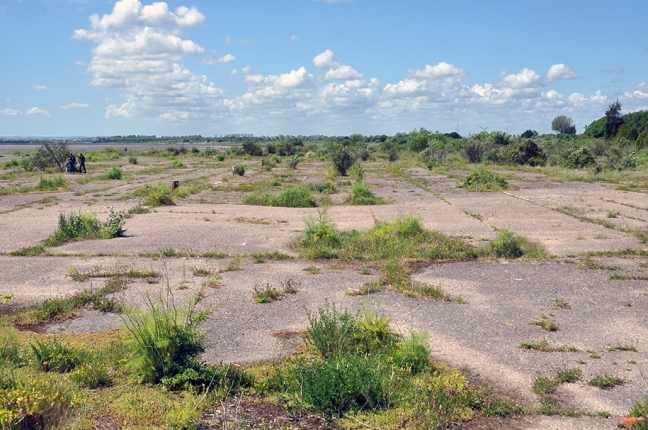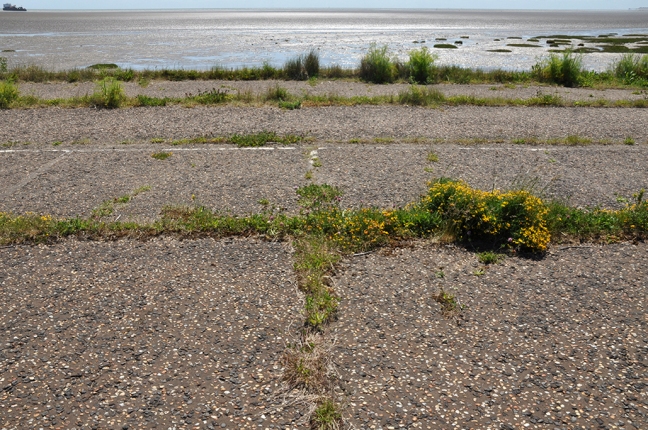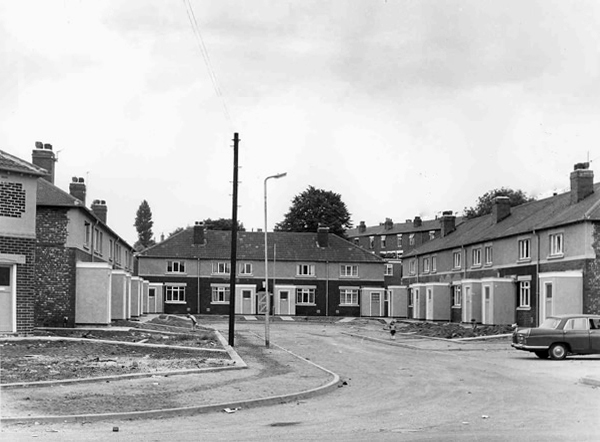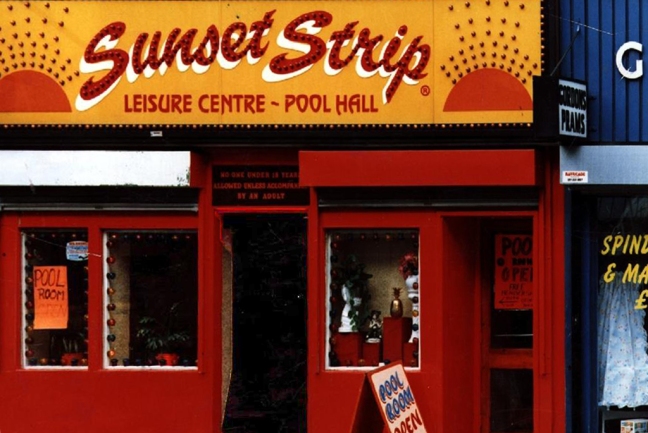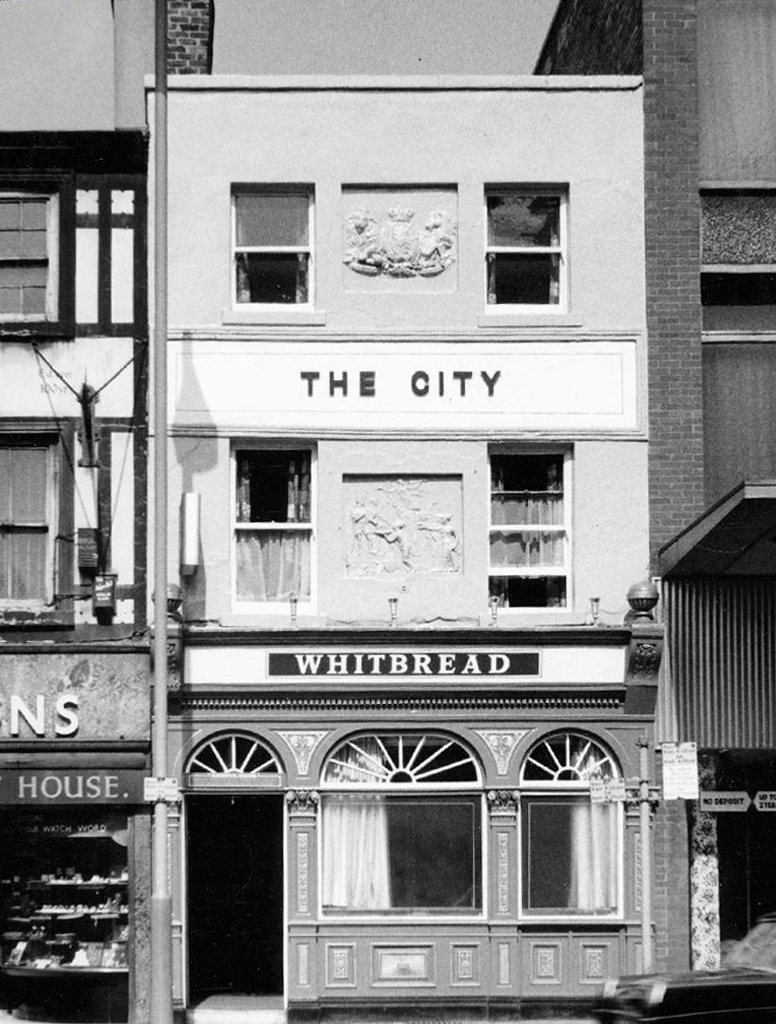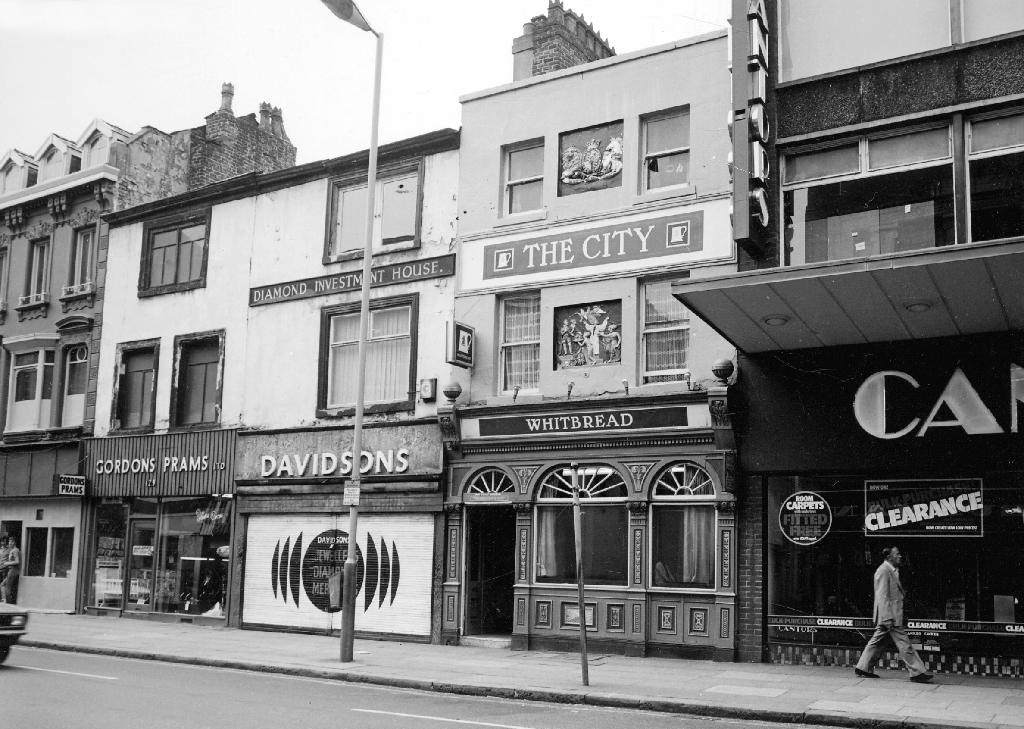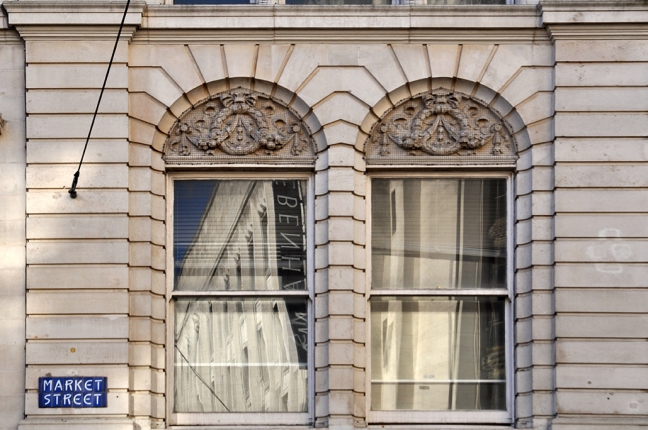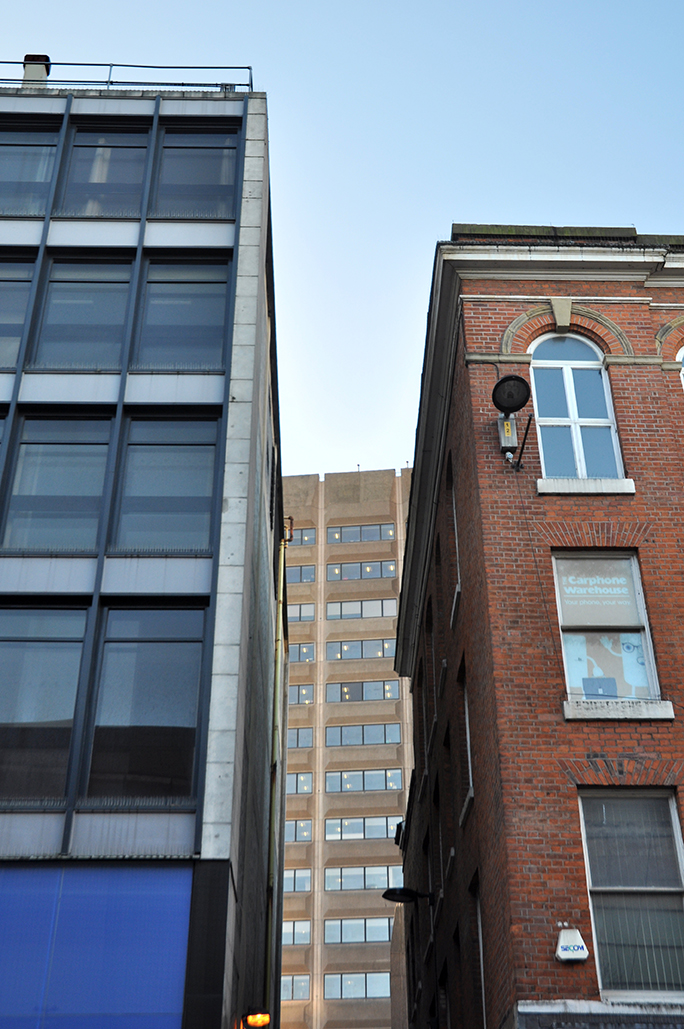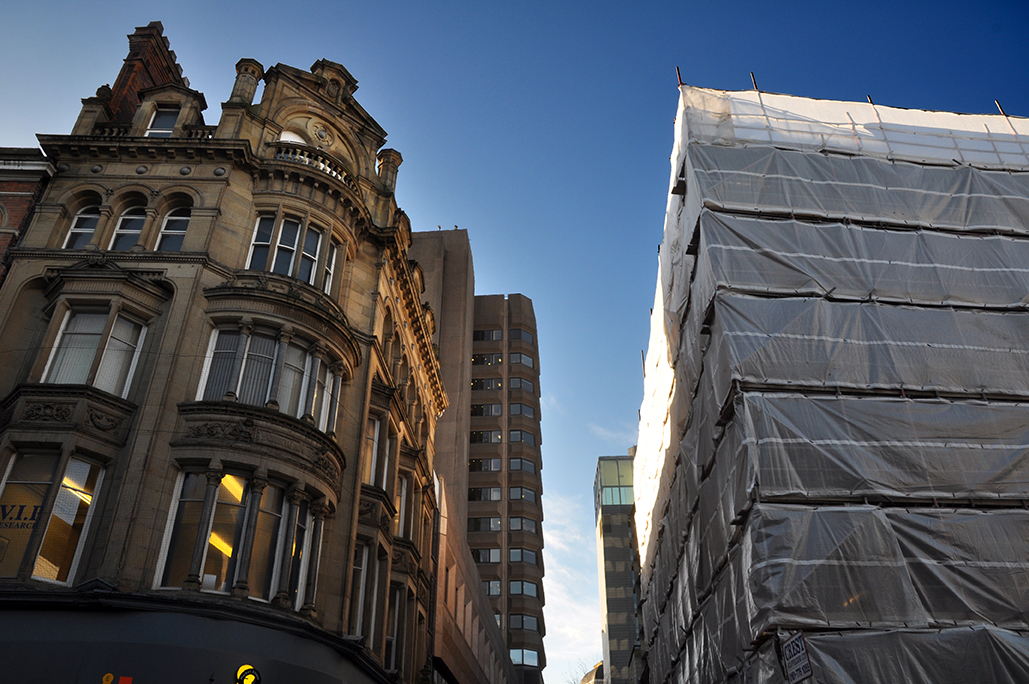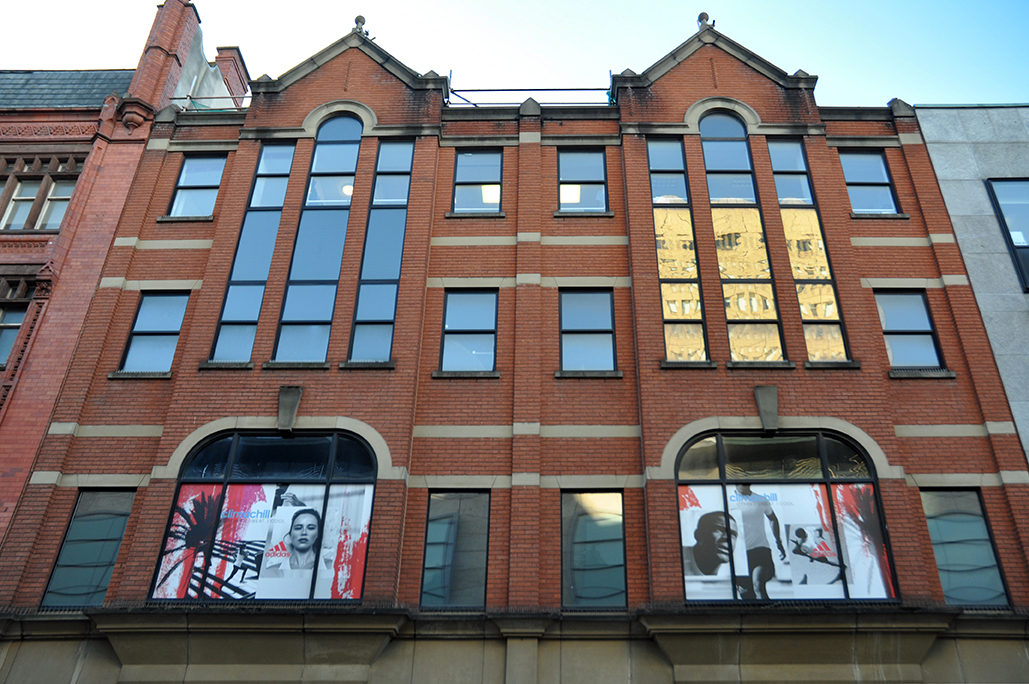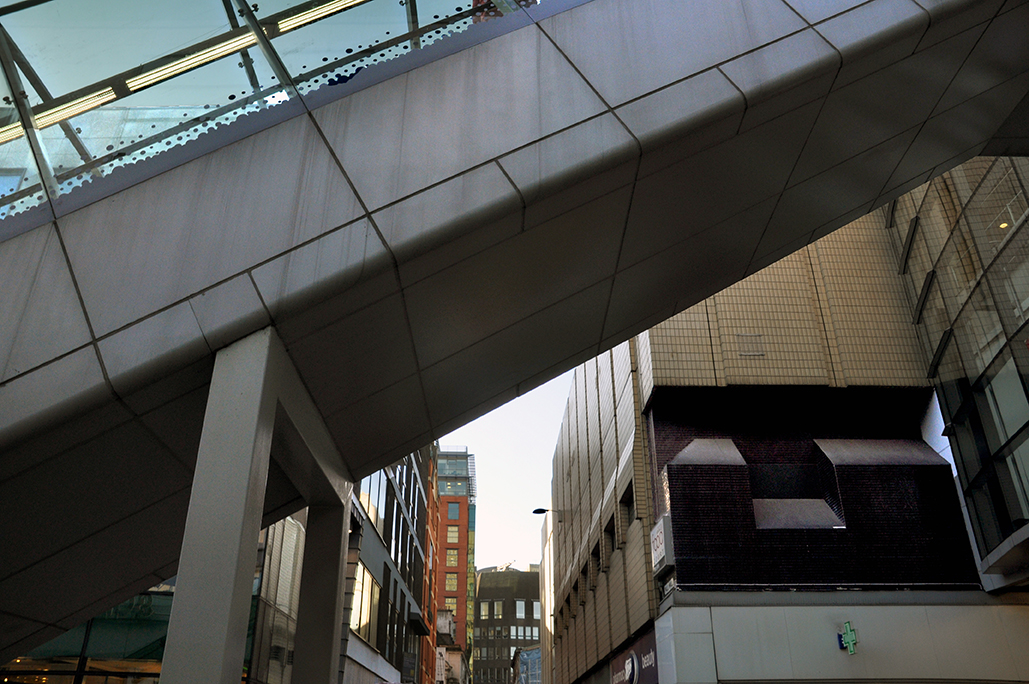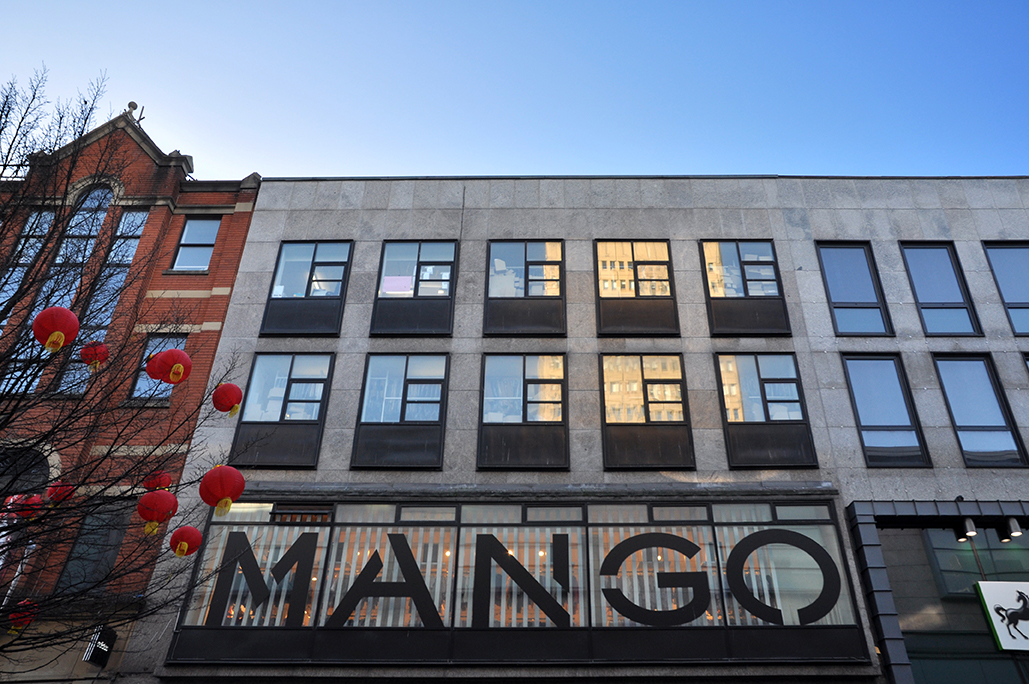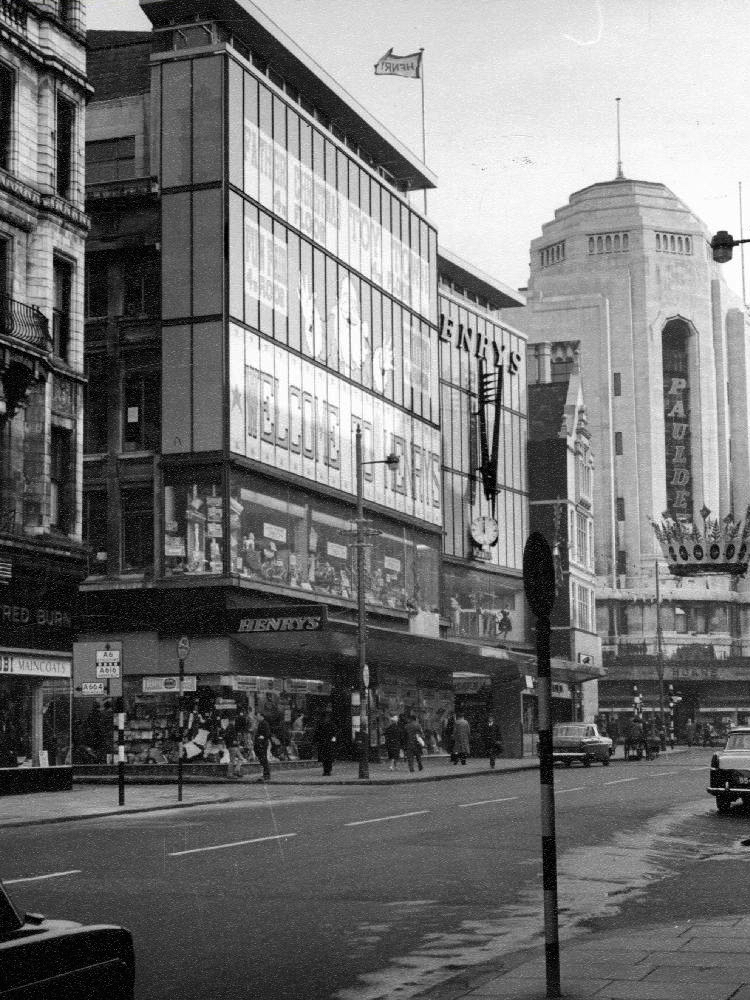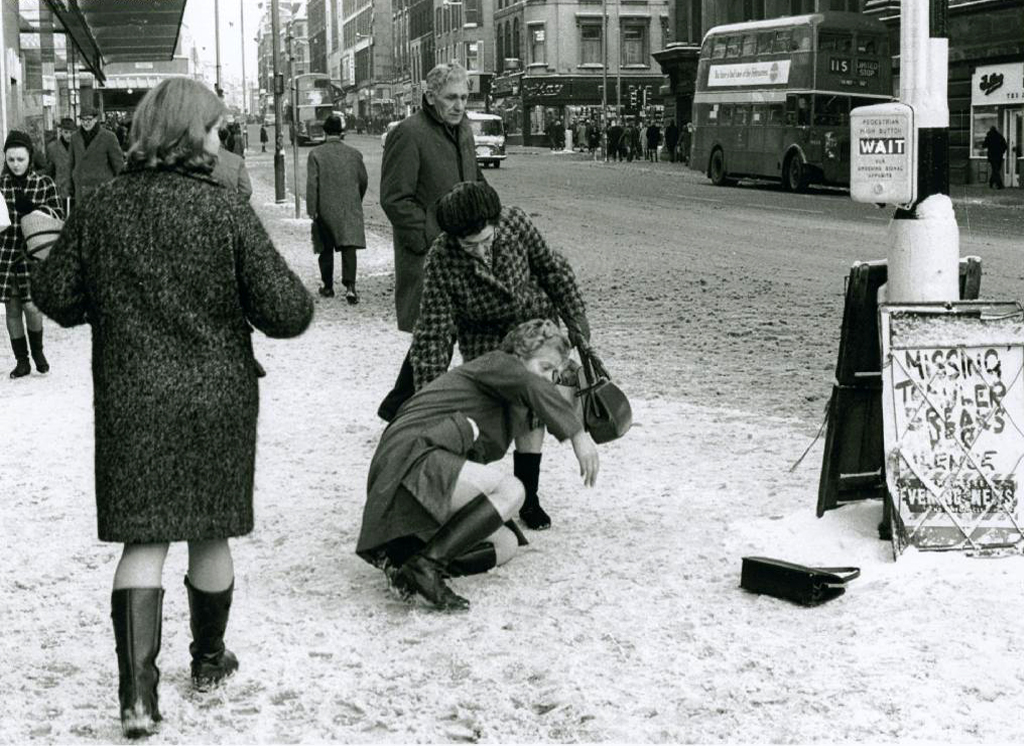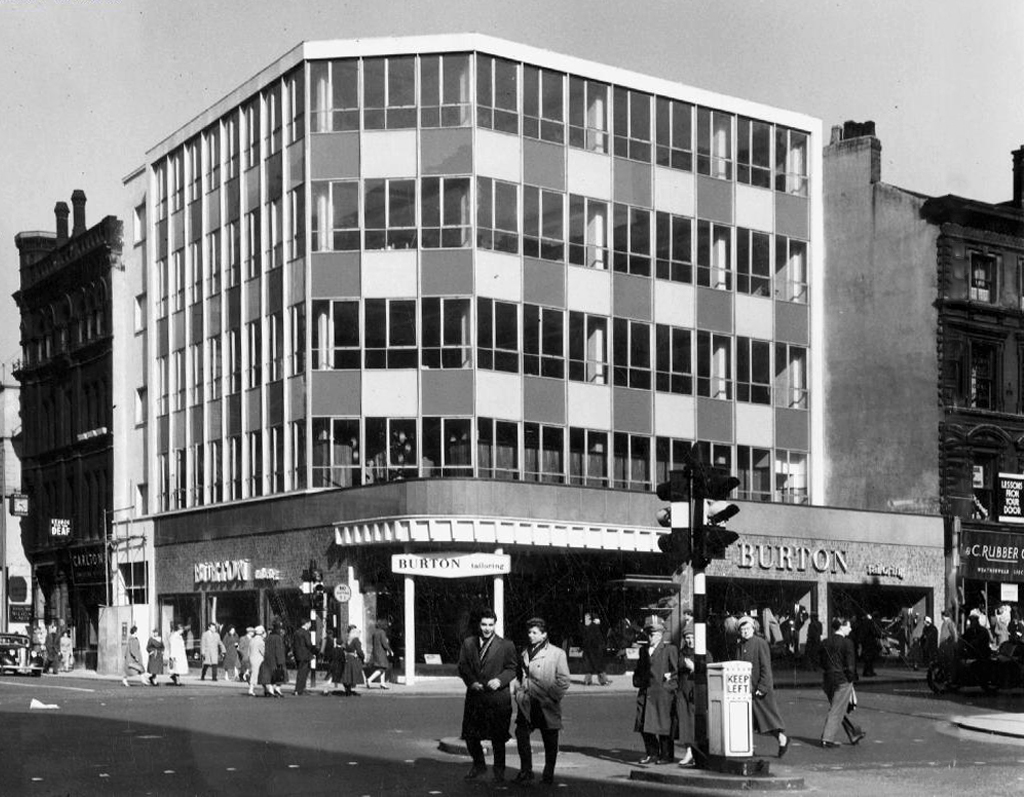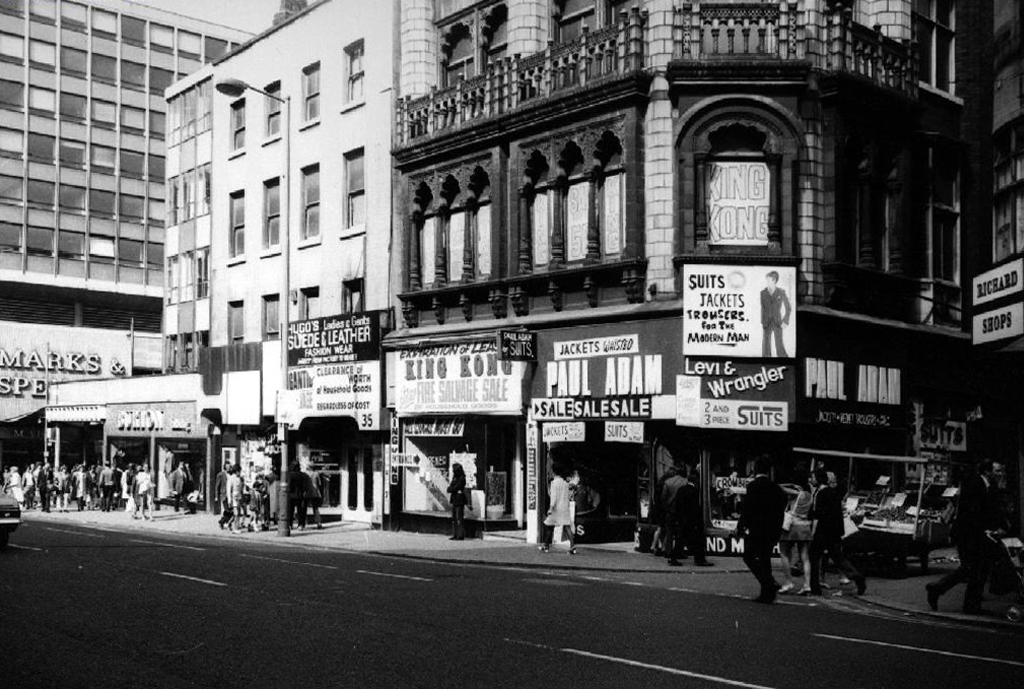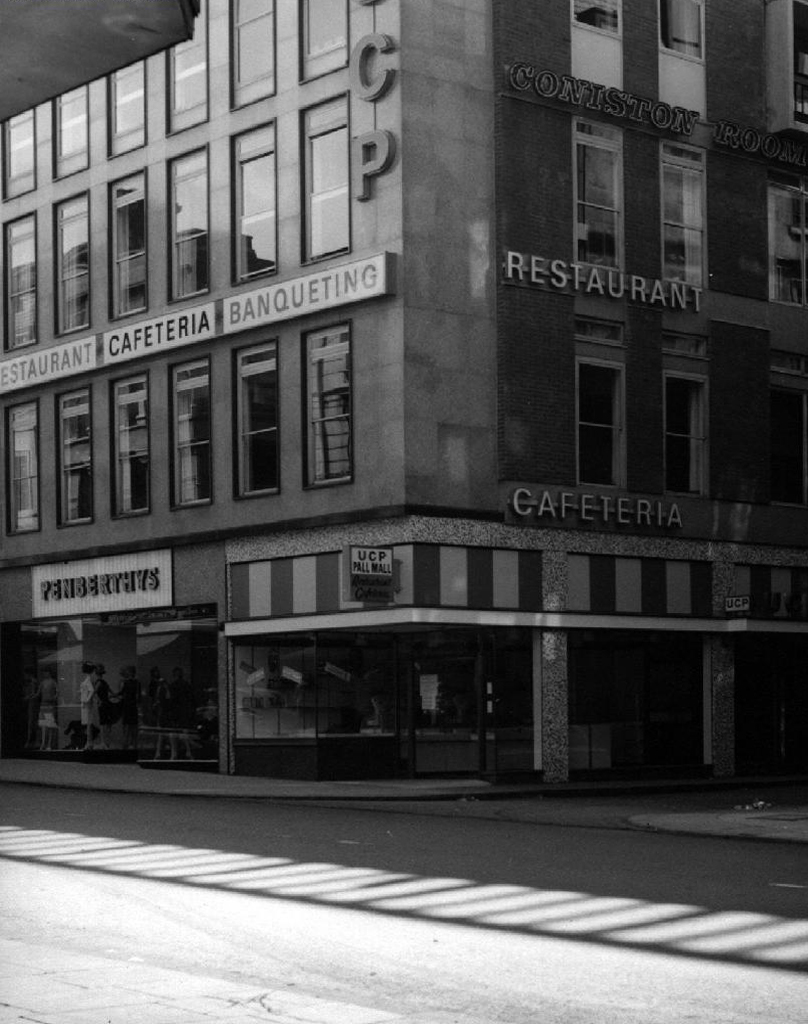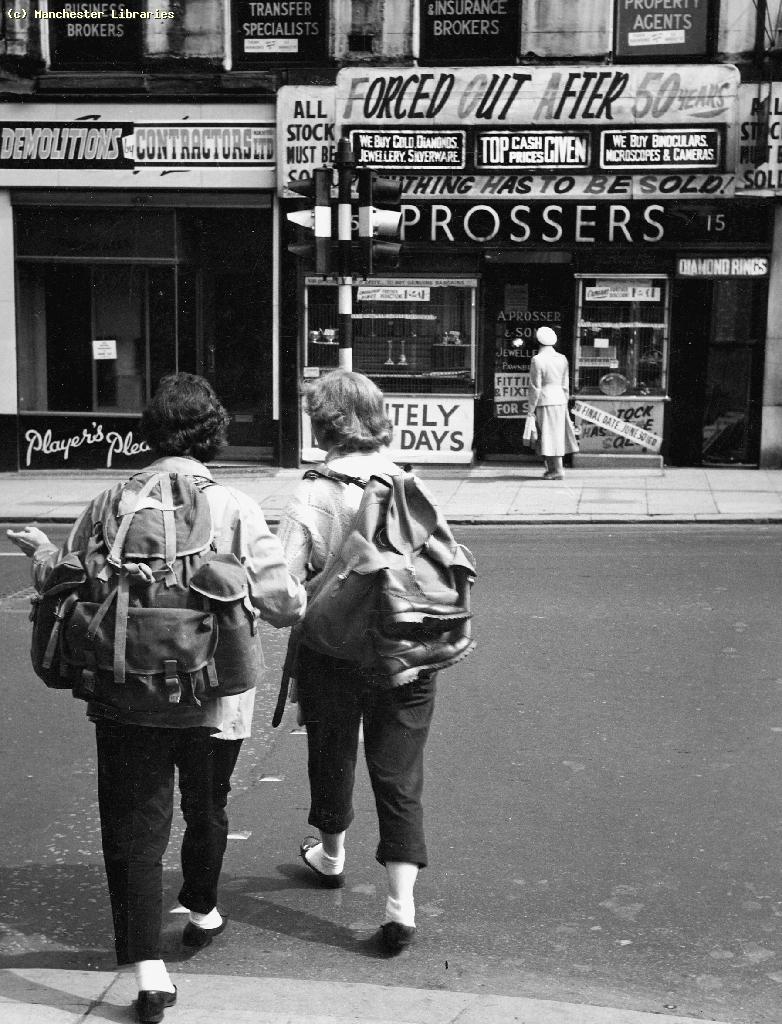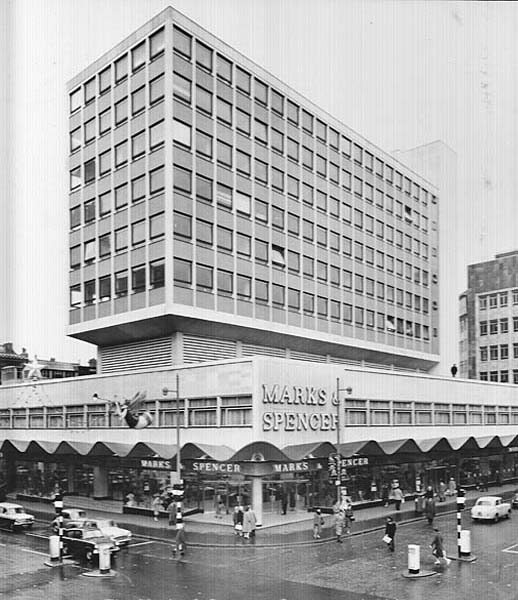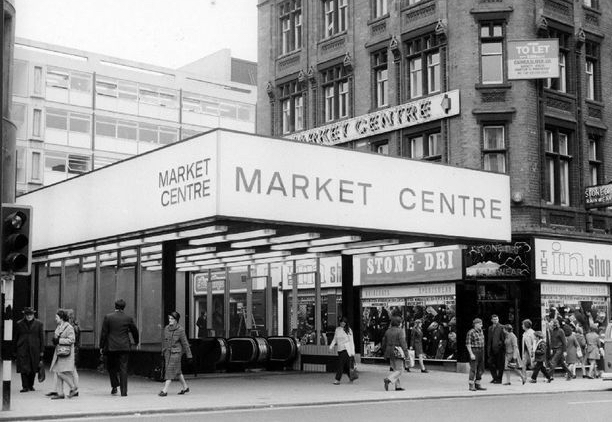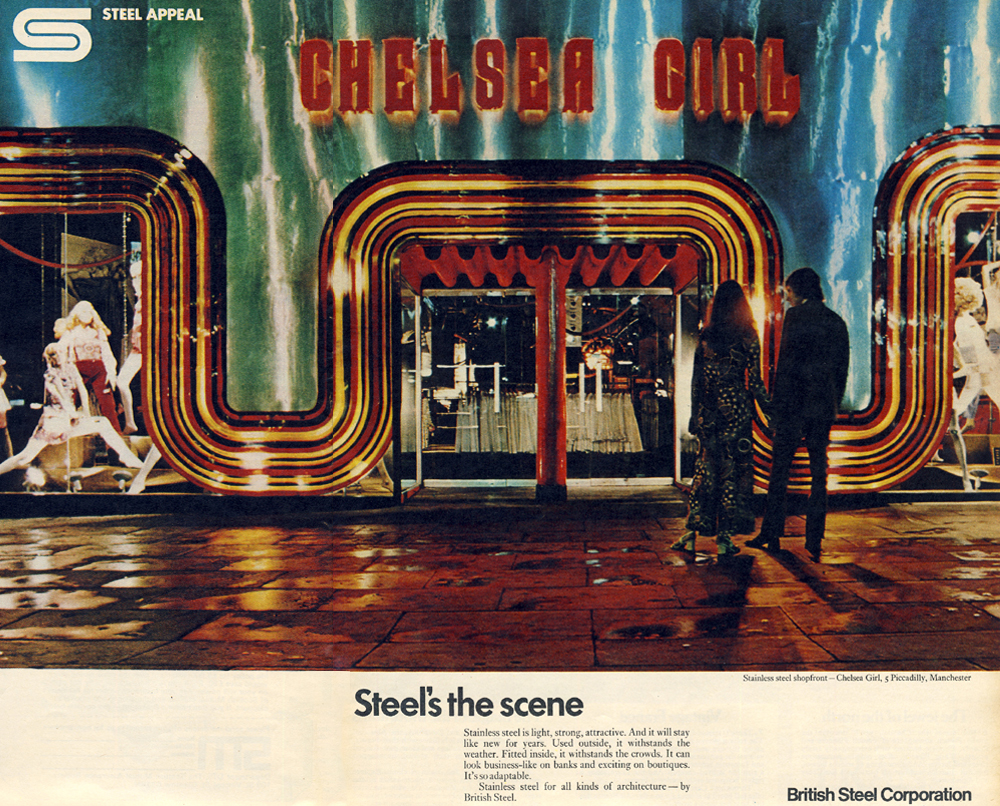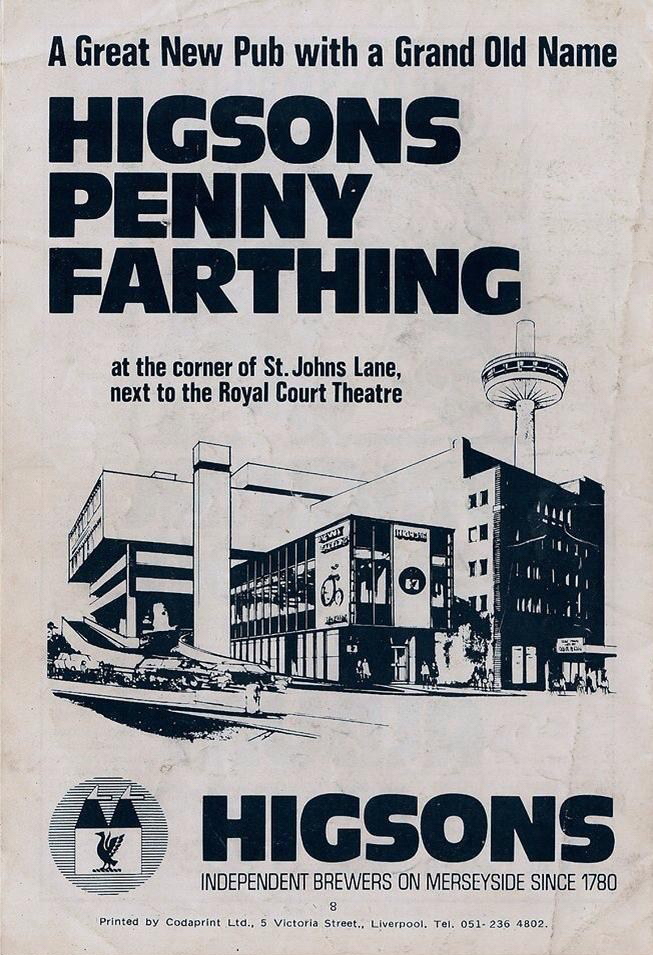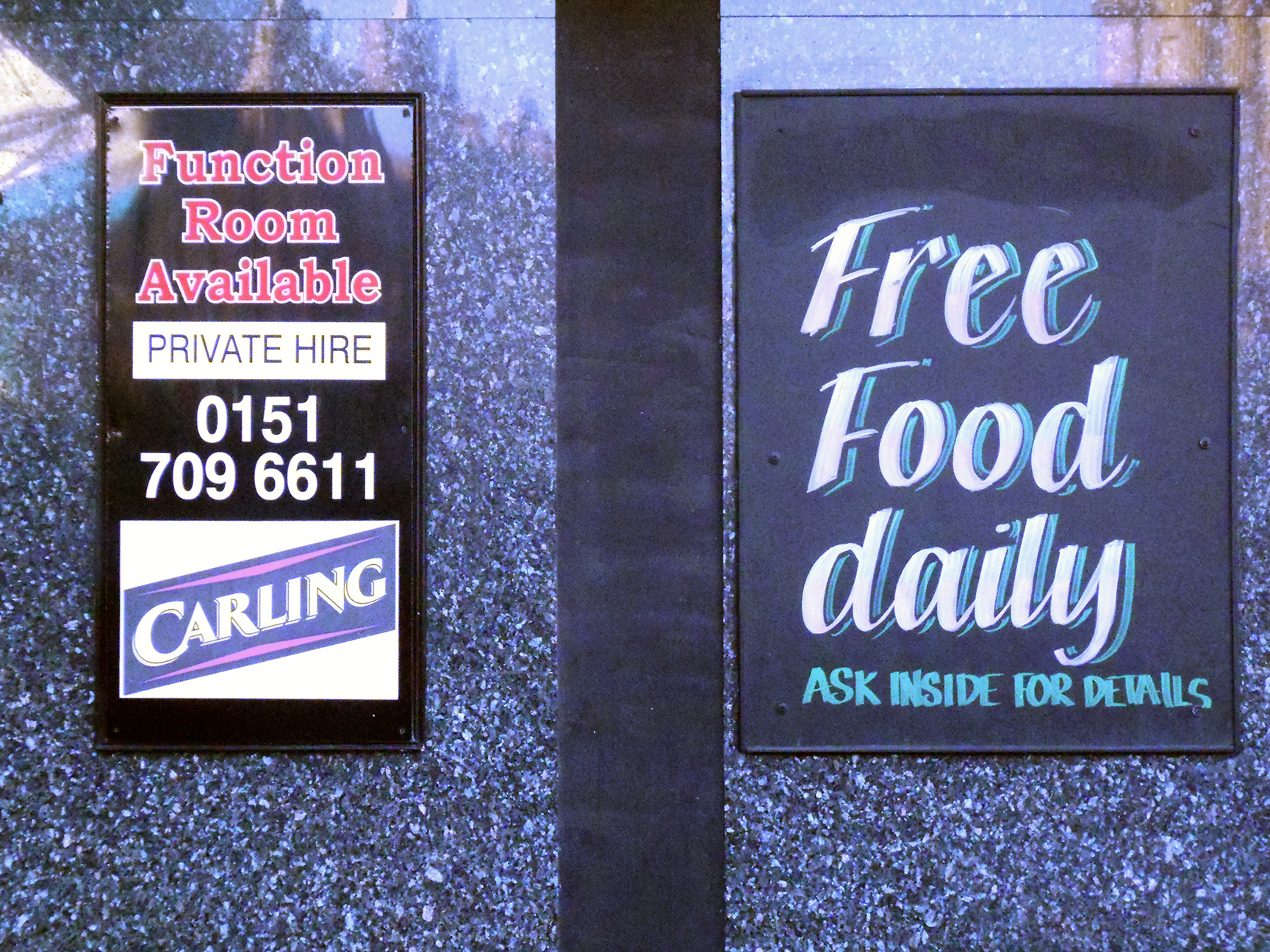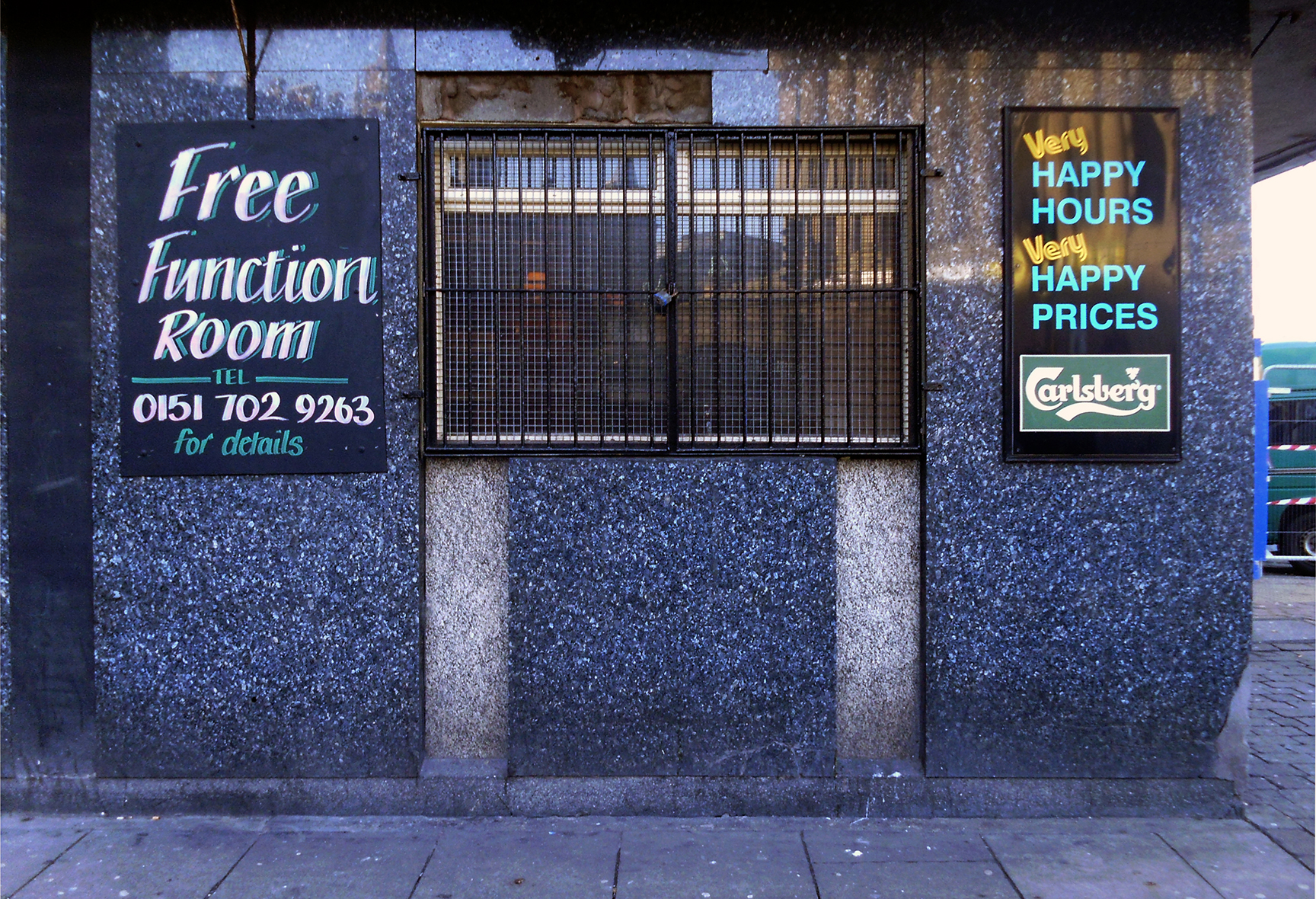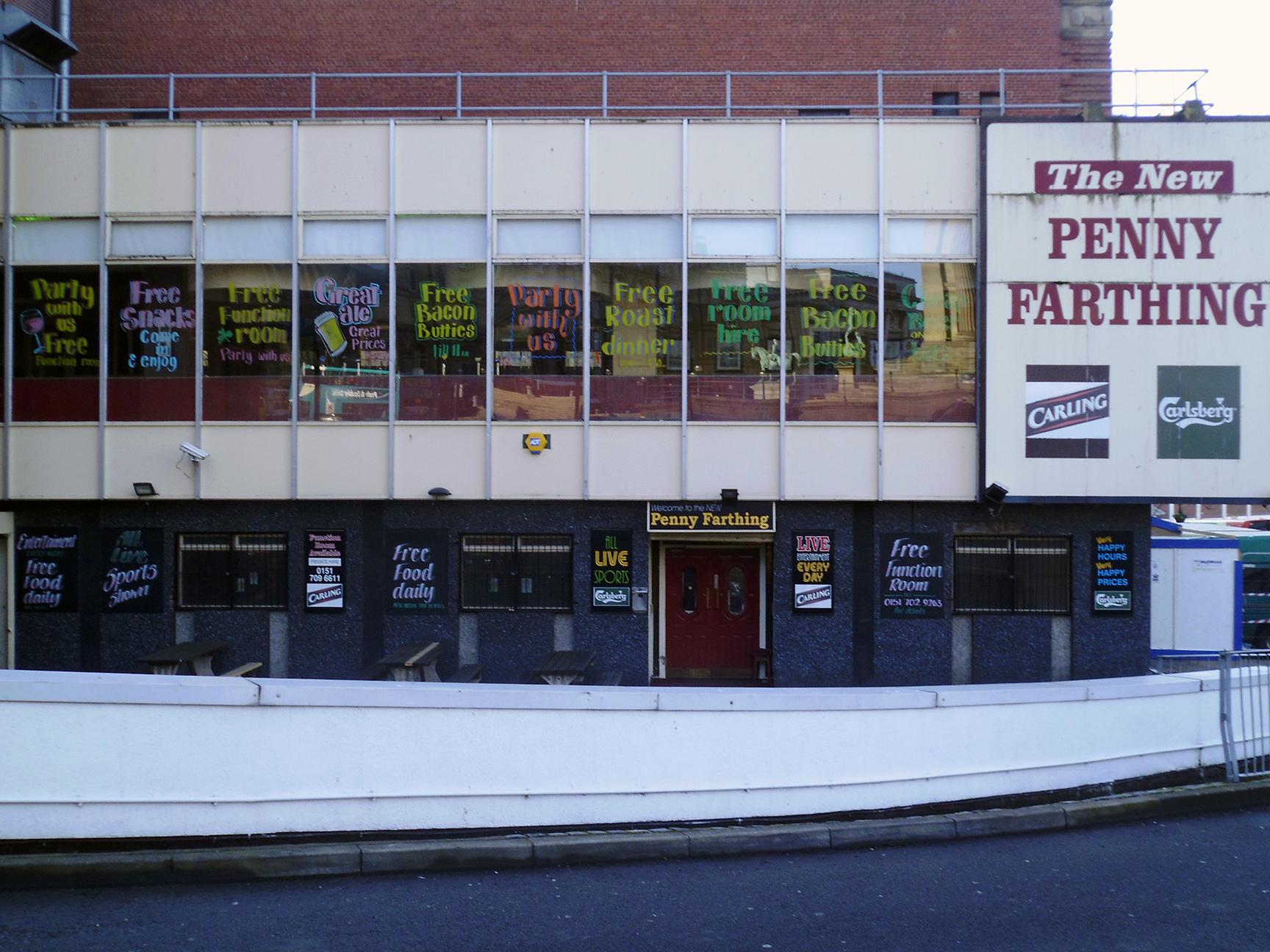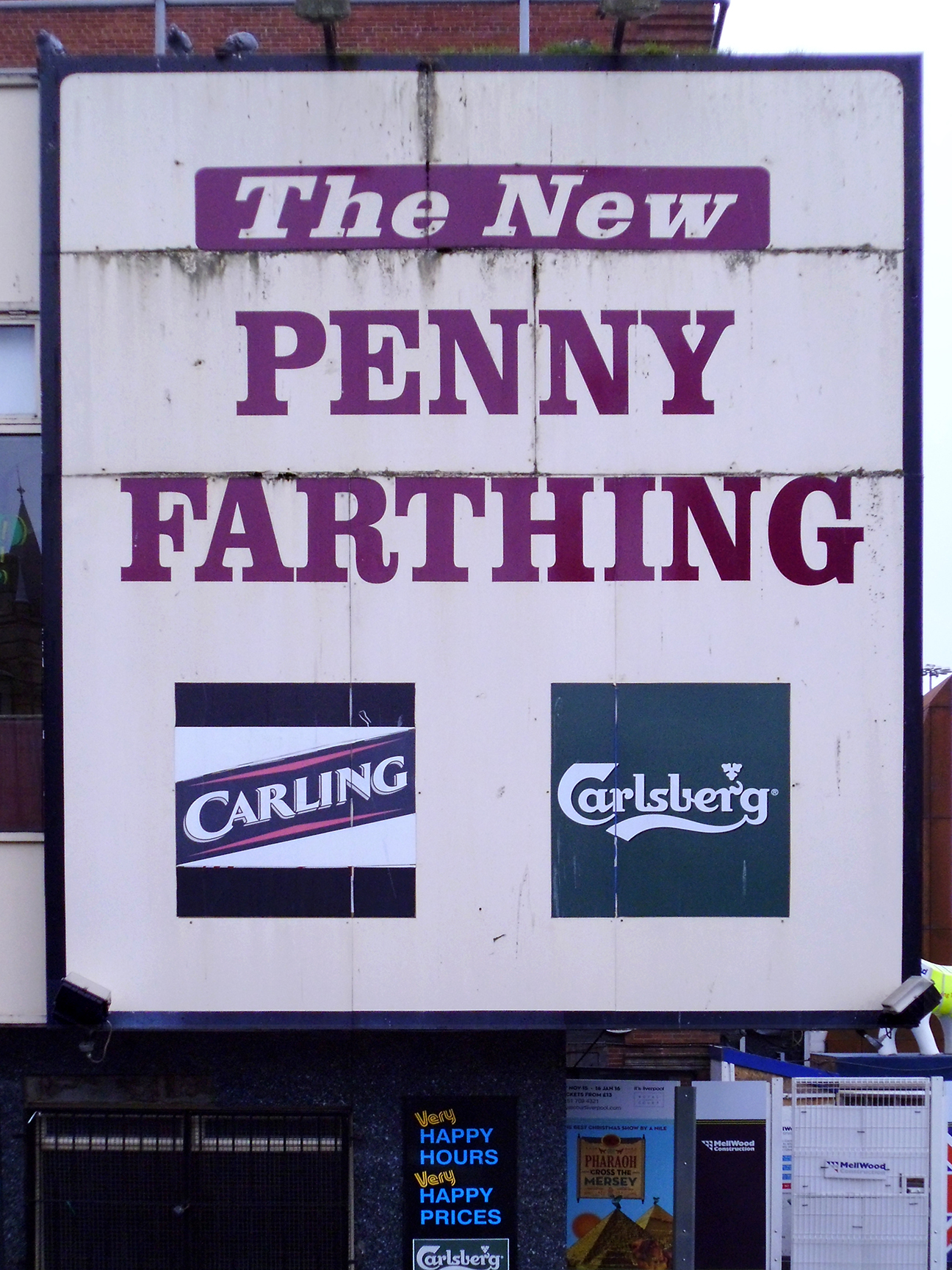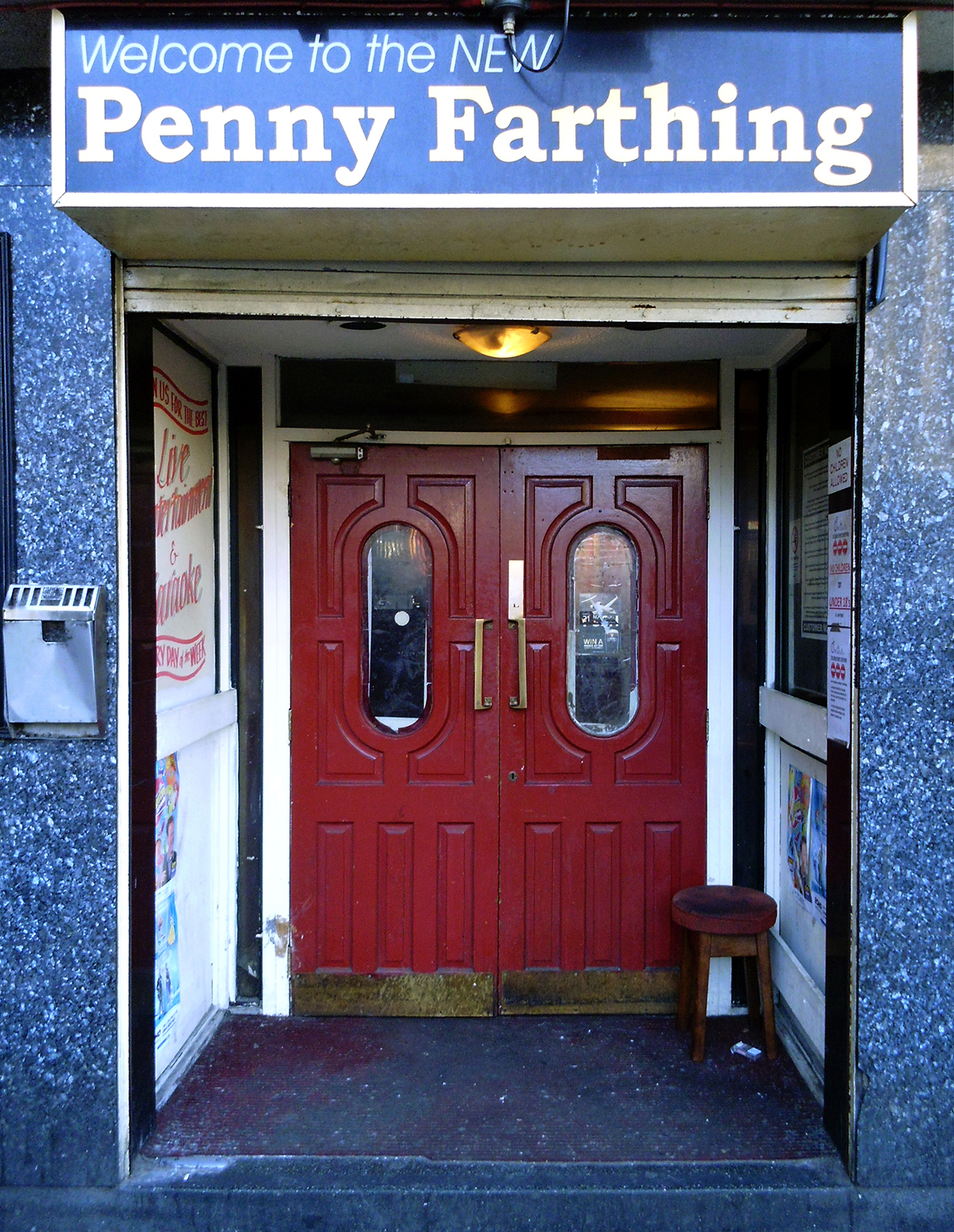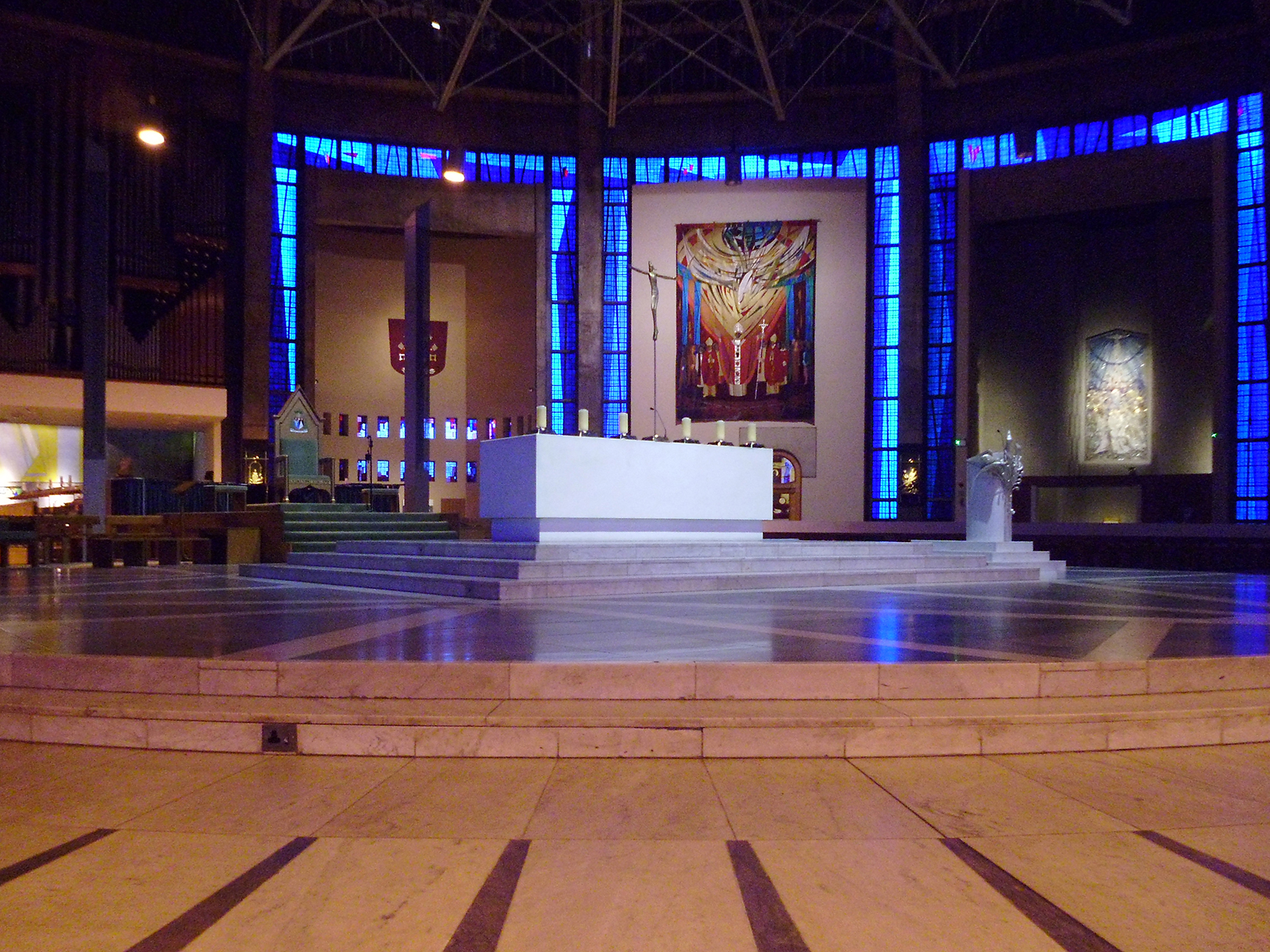Once, for a very, very long time indeed there was a shoreline, then sure enough, eventually there was a Hoverport – then there wasn’t.
Opened in 1969 just outside Ramsgate along the Kent coast, Hoverlloyd a Swedish owned company began a cross-channel hovercraft service to Calais.
Along came Prince Philip:
http://www.britishpathe.com/video/prince-philip-opens-hovercraft-at-ramsgate
Can came:

And went:

The passengers’ every need was attended to with alacrity and style.
“As a Stewardess your appearance was paramount, a beautician would come in during training to teach us how to apply make up.”
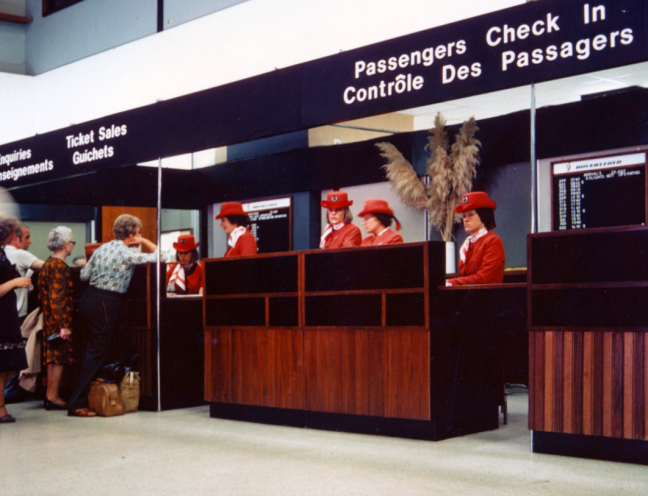
But it simply wasn’t enough.
The life of Christopher Cockerell’s bold British invention, was short and bumpy.
Genevieve Payne, a former stewardess:
“I remember the summer of 1979 as a year of really bad weather and rough seas.”
“I was working on a craft in a force 8, so on this day we were literally hitting the ceiling, passengers were throwing up everywhere.”
“One lady became hysterical I had to slap her to calm her down.”
By the 1980’s Pegwell and the hovercraft were in terminal terminus decline.

It’s a lot less bother without a hover.

What prevails is the shoreline, a concrete landing skirt and the slow process of reclamation, as nature decides that the council is quite right to decide to create a nature reserve.
Thanks to and for further information http://www.hoverlloyd.org/index.html
Here it is today:


